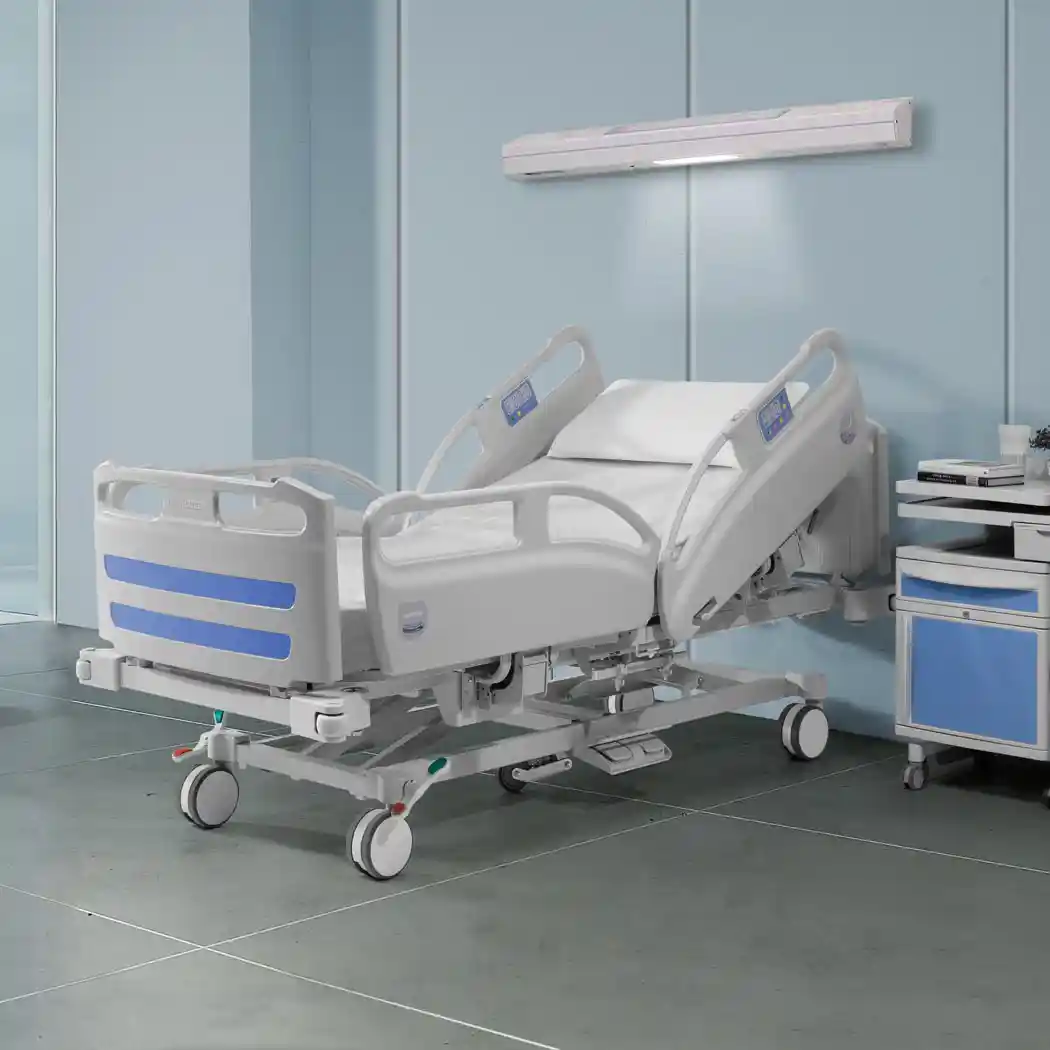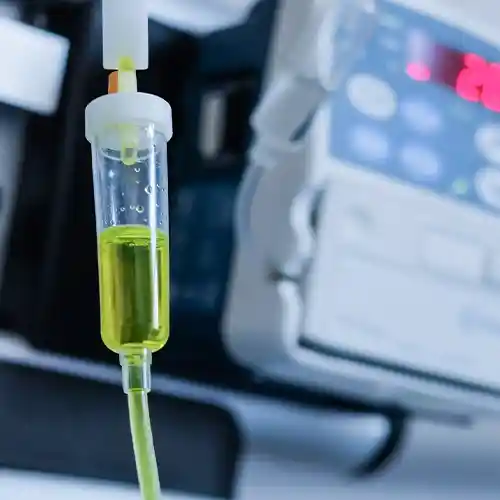Getting started with eco-design

What is eco-design?
Eco-design, also called ecological design or sustainable design, is an approach that takes environmental impact into account when designing products and services - from designing to recycling, the product's whole life cycle is considered. This approach is becoming increasingly popular in industry, as it reduces products and services' environmental impact, while improving their efficiency and profitability.
According to the French Ministry of Ecological Transition, 80% of French companies have implemented eco-design in some way.
To better understand how this process works, you need to visualise the life cycle of a product, which includes several different stages. These include design, manufacturing, distribution, use, and end of life. Each of these steps can have a significant environmental impact, in terms of consumption of raw materials, energy and greenhouse gas emissions.
Before eco-design, businesses' main focus was reducing production costs and maximising product performance. This means that the products were designed purely to satisfy the customer without considering any environmental factors.
Now, with sustainable eco-design, businesses are increasingly aware of the environmental impacts of their products and services. Eco-design allows businesses to design products that are more sustainable and more efficient - this may include using recycled materials, reducing greenhouse gas emissions, designing products with sustainability in mind, and making products easy to recycle.

Pros and cons of eco-design
Eco-design offers numerous advantages, such as:
- Reducing products and services' environmental impact across their entire life cycle
- Reduced production and transport costs
- Use of more sustainable materials
- Reduced energy consumption
- Improving the quality and sustainability of products
- Increased product value for consumers
- Improving companies' brand image by showing their commitment to the environment
Experts have stated that eco-design often uses 20 to 50% less raw materials than conventional design, with the final product consuming 30 to 60% less energy over its entire life cycle.
Ecological design is also said to produce 20 to 50% less greenhouse gas emissions, and 50 to 80% less air pollutants.
However, eco-design also has its disadvantages.
- Expensive to implement
- Need for investment in research and development
- Need for training staff
- a more complex approach than conventional design
- May compromise performance or costs
Eco-design applications at LGC Industries
LGC Industries works with customers on every aspect of product design in order to maximise their lifespan.
That's why we offer materials that already have the correct level of hardness, to eliminate the need for heat treatment. We aim to reduce waste from packaging - one example is our tendency to package several bags in one large box, rather than sending one bag per box to the customer.
Eco-design also means adapting our existing products:
- Grooving process on our pins eliminates the need for boring
- Dowel pins used to be manufactured from round bar of metal that required drilling and generated a lot of machining chips and wore out the tools. Now, we produce our dowel pins from a metal tube to avoid these metal chips (swarf).
- In the case of one client, we modified the design of their part, making a custom dowel pin from a specially shaped tube. This removes the need for turning the part, thus allowing us to reduce swarf.
In short
The future of eco-design is looking bright, with more and more businesses recognising its importance for sustainability and long-term profitability. We can soon expect to see eco-design in many different industries, as businesses seek to improve their brand image and meet consumer expectations regarding compliance with environmental regulations.
At LGC Industries, we are proud of our 85 years of expertise in the field of cylindrical fasteners. We aim to help our customers co-design products tailored to their specific needs, and are available to support you at each stage of your project with personalised advice and quality service. Should you have any queries or wish to know more about our products and services, please don't hesitate to contact us via our contact form.
Thanks for reading - hope to see you soon at LGC Industries!






.svg)
.svg)